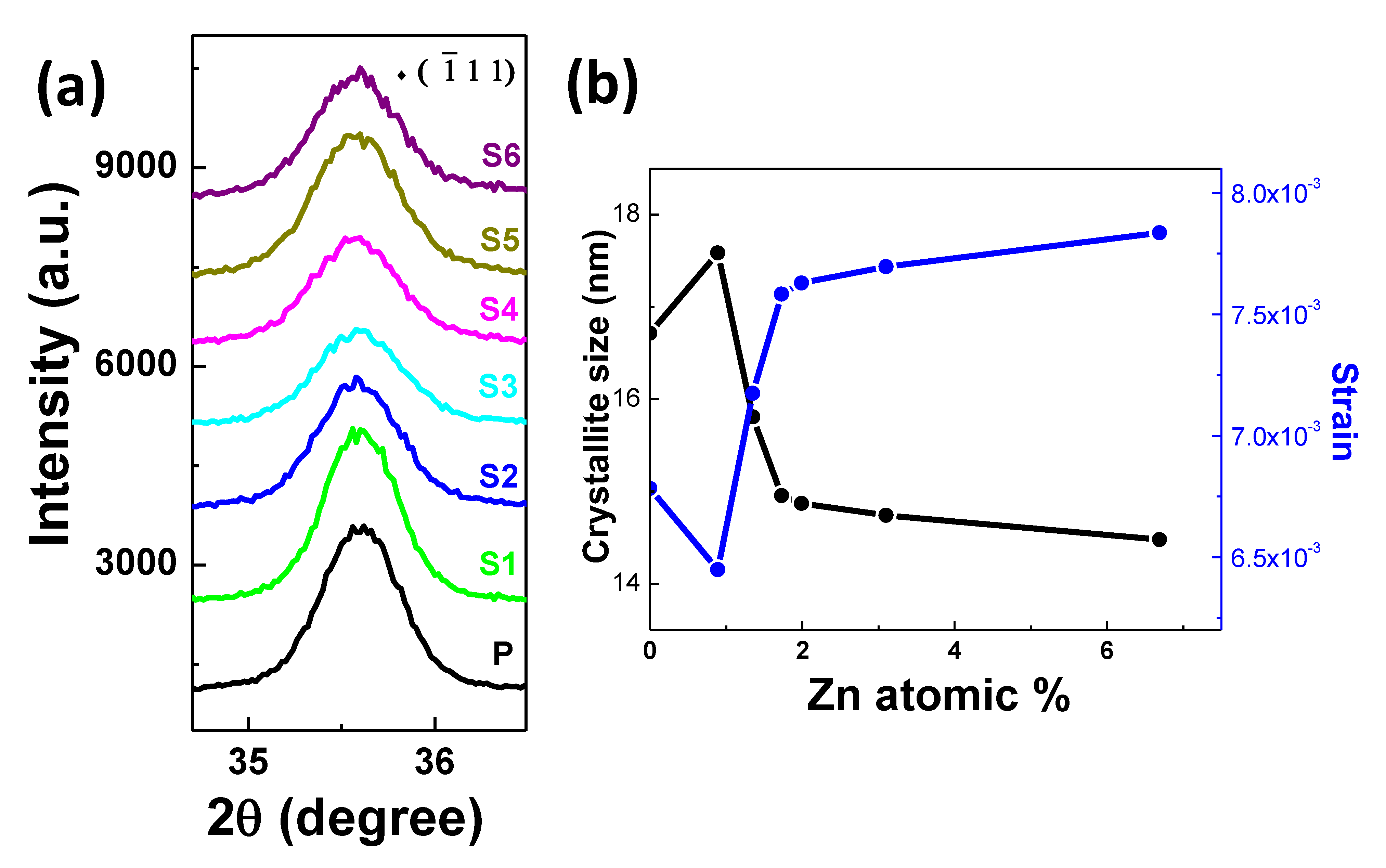

In fact, upon illumination, electrons reach the solid–liquid interface reducing the semiconductor to the metallic state (Cu 2O → Cu) progressively decreasing the photocurrent generated 16. However, the main drawback affecting this material is the poor stability against photodegradation. For thin-film based devices, electrodeposition is the major candidate towards the development of low-cost and large-area production and it has been already exploited to achieved efficiency records during the last decade for Cu 2O-based photoelectrodes 4, 14, 15. Moreover, the simple chemical composition, based on earth-abundant elements, allows its synthesis through many different routes (hydrothermal synthesis 5, 6, thermal oxidation 7, sputtering 8, 9, electrodeposition 10), and to achieve a large variety of architectures (micro and nano-crystals 5, 6, 11, thin-films 8, 9, 10, nanowires 12, 13). It has indeed a direct bandgap of ~ 2.1 eV, capable to absorb a large part of the solar spectrum, resulting in a theoretical maximum photocurrent density of − 14.7 mA cm −2 at AM 1.5 G condition 4, and has a favorable conduction band position with respect to the hydrogen evolution reaction potential. The feasibility of the proposed method was demonstrated through the fabrication of a large area photoelectrode of 10 cm 2, showing no significant differences in characteristics if compared to a small area photoelectrode of 1 cm 2.Ĭuprous oxide (Cu 2O) is one of the most investigated p-type semiconductor material in the framework of photoelectrochemical hydrogen production 1, 2, 3, mainly because of its optical properties and potentially low-cost synthesis 4. A progressive improvement in terms of photocurrent and stability was observed after oxidation and sulfurization treatments, reaching a maximum of − 1.38 mA cm −2 at 0 V versus RHE for the CuS-modified Cu 2O/CuO electrode, corresponding to a ~ 30% improvement. Impedance, voltammetric, and amperometric photoelectrochemical tests were performed on Cu 2O, Cu 2O/CuO, and Cu 2O/CuO/CuS photocathodes in a sodium sulfate solution (pH 5), under 100 mW cm −2 AM 1.5 G illumination. Morphological, microstructural, and compositional analysis (AFM, SEM, XRD, EDS, XPS) were carried out to highlight the surface modification of cuprous oxide film after oxidation and subsequent sulfurization. In this work, a three-layered heterostructure Cu 2O/CuO/CuS was obtained through a low-cost and large-area fabrication route comprising electrodeposition, thermal oxidation, and reactive annealing in a sulfur atmosphere.


 0 kommentar(er)
0 kommentar(er)
